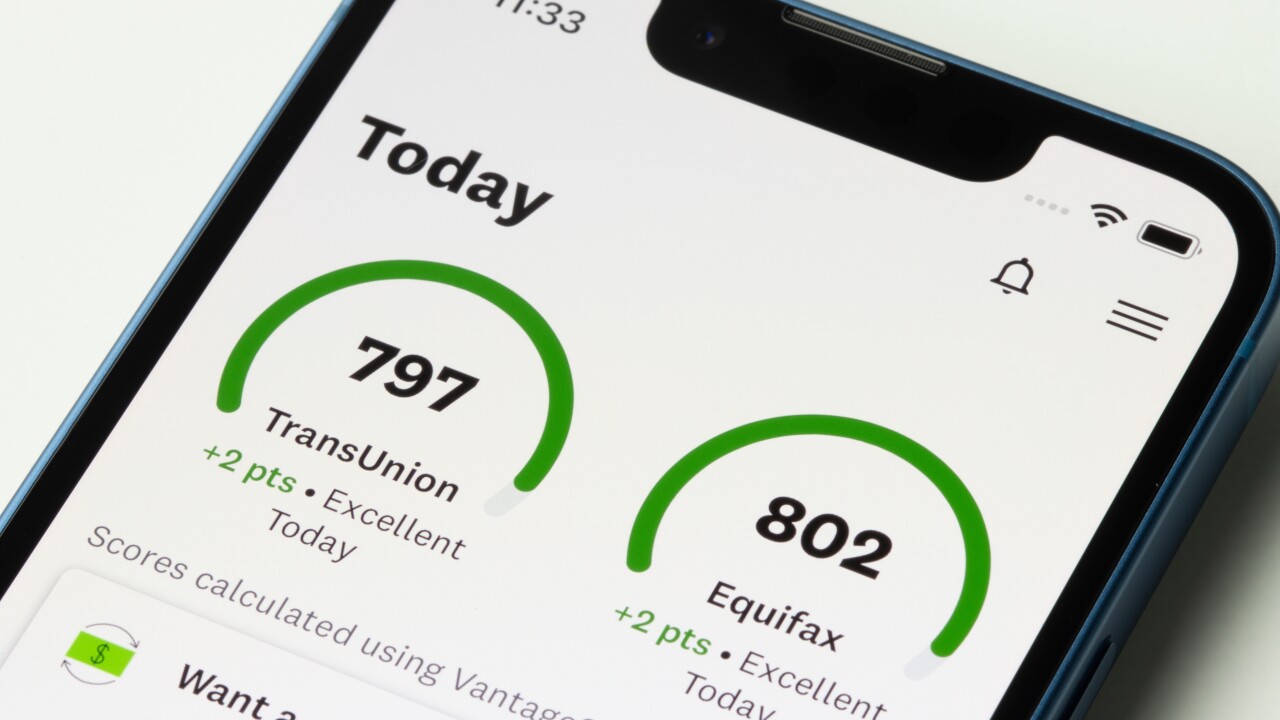Significantly more Americans own a home now than a decade ago, but the
Overall, U.S. homeownership increased over the decade to 2022, with 10.5 million more homeowners across the country,
While Black Americans also saw homeownership advance, the gain was modest. And at 44.1%, their rate is notably lower than that for Asian, Hispanic and White Americans. The gap between Blacks and Whites – the highest among the four major groups – widened by a percentage point from 2012, to 28 percentage points.
"Minority homeownership gained ground," Jessica Lautz, NAR deputy chief economist and vice president of research, said in a statement. "While the gains should be celebrated, the pathway into homeownership remains arduous for minority buyers."
The NAR's analysis showed 55% of Asian and 51% of Black and Hispanic howe owners were first-time buyers, something that places them at
Other challenges for would-be buyers of color include difficulties in saving for a down payment — as they typically spend higher proportions of their income on rent and paying back student loans.
Black homebuyers, for instance, reported the highest levels of student-loan debt among all groups, with 41% carrying a record high median debt of $46,000, while 29% of Hispanic buyers had student loan debt with a median of $33,000. The NAR has also cited data showing Black Americans draw on pension or 401(k) savings more than any other group.
Citing data from the Home Mortgage Disclosure Act, the NAR last year said Black and Hispanic homebuyers face additional barriers in securing mortgages, such as higher denial rates compared with their White and Asian counterparts.
For those who do obtain mortgages, the interest rates tend to be higher on average, Tuesday's report showed. For loans originated in 2022, 20% for Blacks and 21% for Hispanics exceeded 6%, in contrast with lower percentages among Asian and White borrowers.





